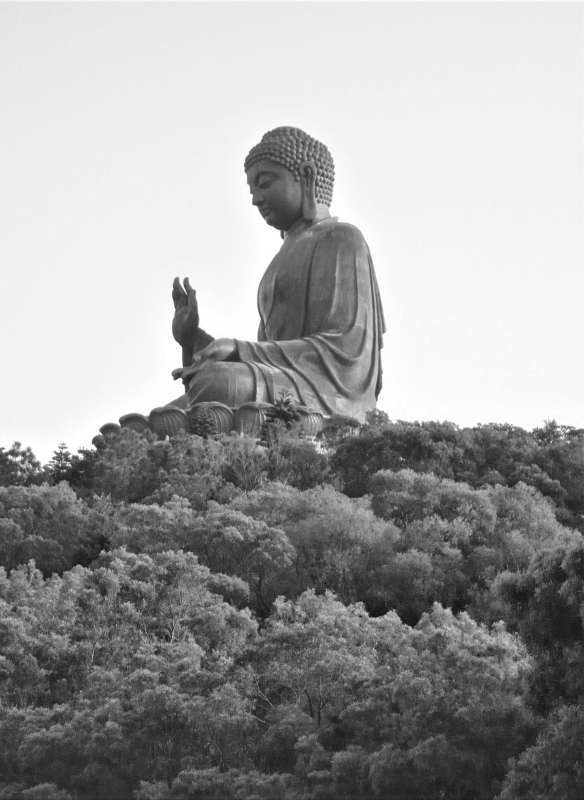The Beginning of the UFO Era
Published on: May 6, 2025
Kenneth Arnold – The Beginning of the UFO Era
On June 24, 1947, a seemingly routine flight over the Cascade Mountains in Washington State turned into a historic event that would forever change the way humans perceive the skies. Kenneth Arnold, a private pilot and businessman, reported seeing nine unusual flying objects near Mount Rainier. His description and the subsequent media coverage were pivotal in coining the term "flying saucers," and his sighting is widely recognized as the catalyst for the modern era of UFO fascination. This article delves deeply into the circumstances of Arnold’s sighting, its impact on society, and the legacy it left on UFO research and popular culture.
The Man Behind the Sighting: Kenneth Arnold
Kenneth Arnold was not a man prone to flights of fancy. Born in 1915 in Minnesota, he was an experienced pilot, businessman, and a respected member of his community. By 1947, Arnold had logged over 9,000 hours of flight time and was known for his reliability and integrity. On that fateful day in June, he was flying his CallAir A-2 plane from Chehalis to Yakima, Washington, on a business trip, when an unexpected encounter would thrust him into the international spotlight.
Arnold’s credibility played a crucial role in the seriousness with which his sighting was taken. Unlike many later UFO witnesses, Arnold was not seeking publicity or financial gain. In fact, he often expressed frustration with the attention, but maintained the truthfulness of his account throughout his life.
The Sighting: June 24, 1947
At approximately 3:00 PM, Arnold was flying near Mount Rainier when he noticed a bright flash of light. Initially thinking it was a reflection from another aircraft, he soon realized there were no other planes in the immediate area. As he looked closer, Arnold observed a formation of nine objects moving at incredible speed across the sky. He estimated their speed at over 1,200 miles per hour—far faster than any known aircraft at the time.
Arnold described the objects as being flat, disc-like, and with a peculiar skipping motion, "like a saucer if you skip it across the water." This vivid analogy would soon be shortened by journalists to "flying saucers," a term that would enter the global lexicon and become synonymous with UFOs.
He later recounted that the objects were bright, metallic, and seemed to reflect the sunlight. They maneuvered in an undulating pattern, weaving in and out of the mountain peaks in a way that defied conventional aerodynamics. Arnold’s detailed sketches and consistent testimony added further credibility to his report.
Initial Reactions: Media Frenzy and Public Fascination
Arnold landed in Yakima and, still shaken, reported his sighting to friends and local authorities. Word quickly spread, and within days, his account was picked up by the Associated Press. Newspapers across the United States ran headlines about the mysterious “flying saucers,” igniting a wave of public interest and speculation.
While some readers dismissed the story as a hoax or misidentification, others were captivated. The timing of the sighting, just two years after the end of World War II and at the dawn of the Cold War, fueled anxieties and imaginations. The idea that advanced, possibly extraterrestrial, technology could be flying over American soil was both thrilling and terrifying.
The U.S. military took Arnold’s report seriously, launching initial investigations and interviewing him extensively. The official explanation at the time was inconclusive, with some suggesting atmospheric phenomena or secret military tests, but no definitive answers were provided.
The Birth of the UFO Phenomenon
Kenneth Arnold’s sighting did more than just introduce a new term to the world; it marked the beginning of a cultural and scientific phenomenon. Within weeks, hundreds of similar reports flooded in from across the United States and around the world. People from all walks of life claimed to have seen mysterious objects in the sky, and the concept of the UFO—Unidentified Flying Object—became a subject of fascination and debate.
The U.S. government soon launched Project Sign in 1948, followed by Project Grudge and the more famous Project Blue Book, to investigate these reports. While many sightings were attributed to natural or man-made causes, a small percentage remained unexplained, keeping the mystery alive.
Arnold’s sighting also inspired a new genre of literature, film, and television. Science fiction writers and filmmakers drew on his experience to create stories about alien visitors, government cover-ups, and interstellar travel. The UFO craze became an enduring part of American and global pop culture.
Debunking and Skepticism
Not everyone accepted Arnold’s account at face value. Skeptics argued that he may have misidentified natural phenomena such as mirages, reflections, or even flocks of birds. Some suggested that Arnold’s estimation of the objects’ speed and size could have been distorted by atmospheric conditions or optical illusions.
Despite these criticisms, no conclusive alternative explanation has ever been established. Arnold himself remained steadfast, insisting that what he saw was unlike anything he had encountered in his extensive flying experience. Over time, the debate between believers and skeptics has become a defining feature of the UFO phenomenon.
Legacy: Lasting Impact on Science and Culture
The legacy of Kenneth Arnold’s sighting is profound. It not only sparked decades of UFO sightings and investigations but also influenced scientific, military, and cultural discourse. The U.S. Air Force’s official studies of UFOs, including Project Blue Book, were direct responses to the public’s demand for answers following Arnold’s report.
In the realm of science, Arnold’s sighting encouraged a more open-minded approach to unexplained aerial phenomena. While mainstream science remains cautious, the field of ufology has grown, with researchers, academics, and enthusiasts dedicating their efforts to understanding the mystery of UFOs.
Popular culture, too, owes much to Arnold’s experience. From blockbuster movies like "Close Encounters of the Third Kind" to countless books, television series, and documentaries, the image of the flying saucer endures. The term itself, born from Arnold’s analogy, is now inseparable from the idea of extraterrestrial visitation.
Annually, UFO enthusiasts commemorate June 24 as a significant date in the history of unexplained phenomena. Conferences, documentaries, and articles revisit Arnold’s sighting, ensuring that his legacy continues to inspire curiosity and debate.
Reflections: Why Arnold’s Sighting Still Matters
More than seventy years after Kenneth Arnold’s historic flight, the question of what he saw remains unanswered. His sighting stands as a reminder of the enduring human fascination with the unknown and the possibility that we are not alone in the universe. The dialogue sparked by his experience has led to greater openness in discussing unexplained phenomena and has challenged both skeptics and believers to seek the truth.
In recent years, the U.S. government has declassified a number of reports on unidentified aerial phenomena, reigniting public interest and raising new questions. The legacy of Kenneth Arnold’s sighting is evident in this renewed attention, demonstrating that his story is as relevant today as it was in 1947.
Ultimately, Kenneth Arnold’s contribution to the history of UFOs is not just about what he saw, but about how his honesty and courage in sharing his experience opened the door for generations to explore the mysteries of the cosmos. Whether one believes in extraterrestrial visitors or not, the story of Kenneth Arnold is a testament to the power of curiosity and the enduring allure of the unknown.










